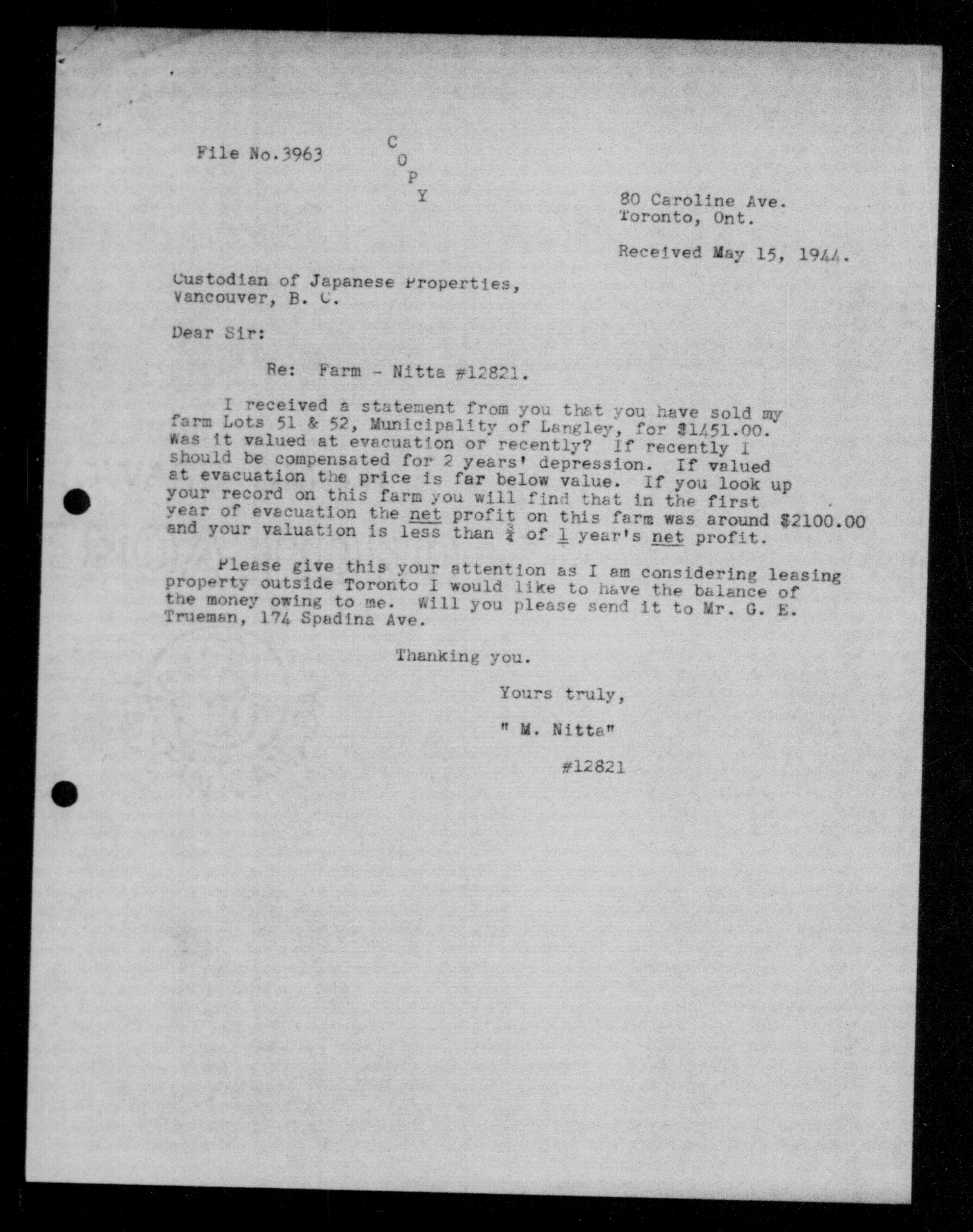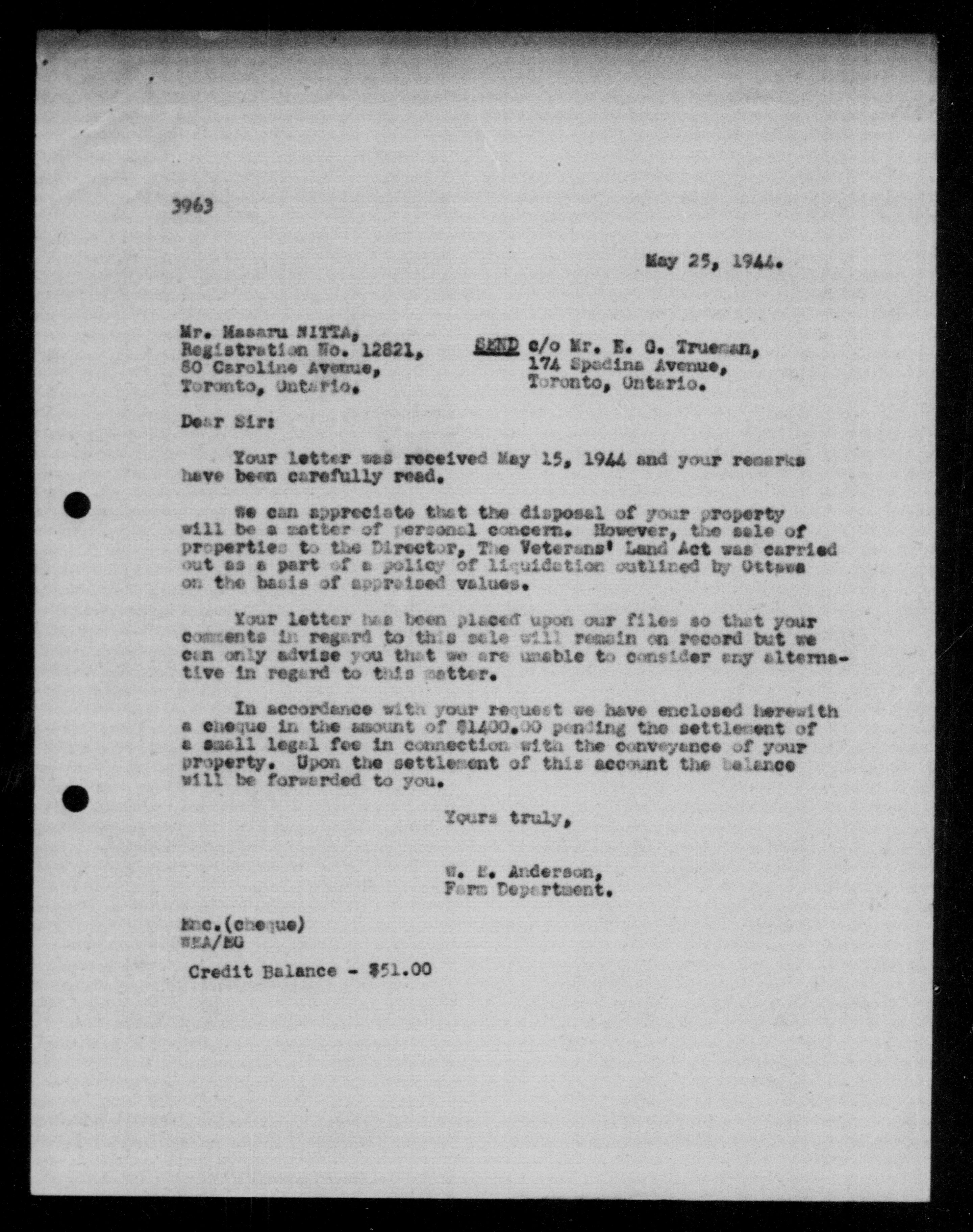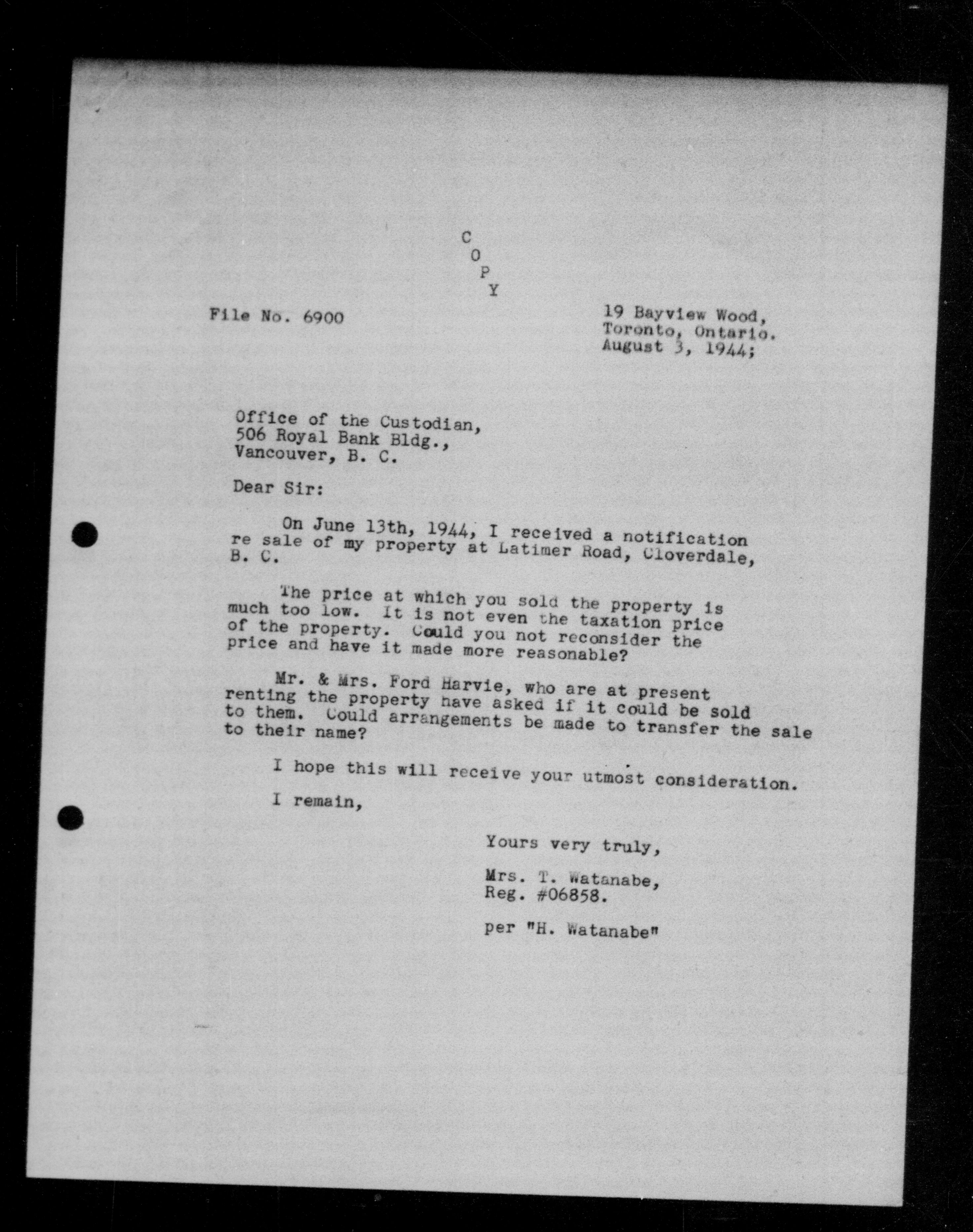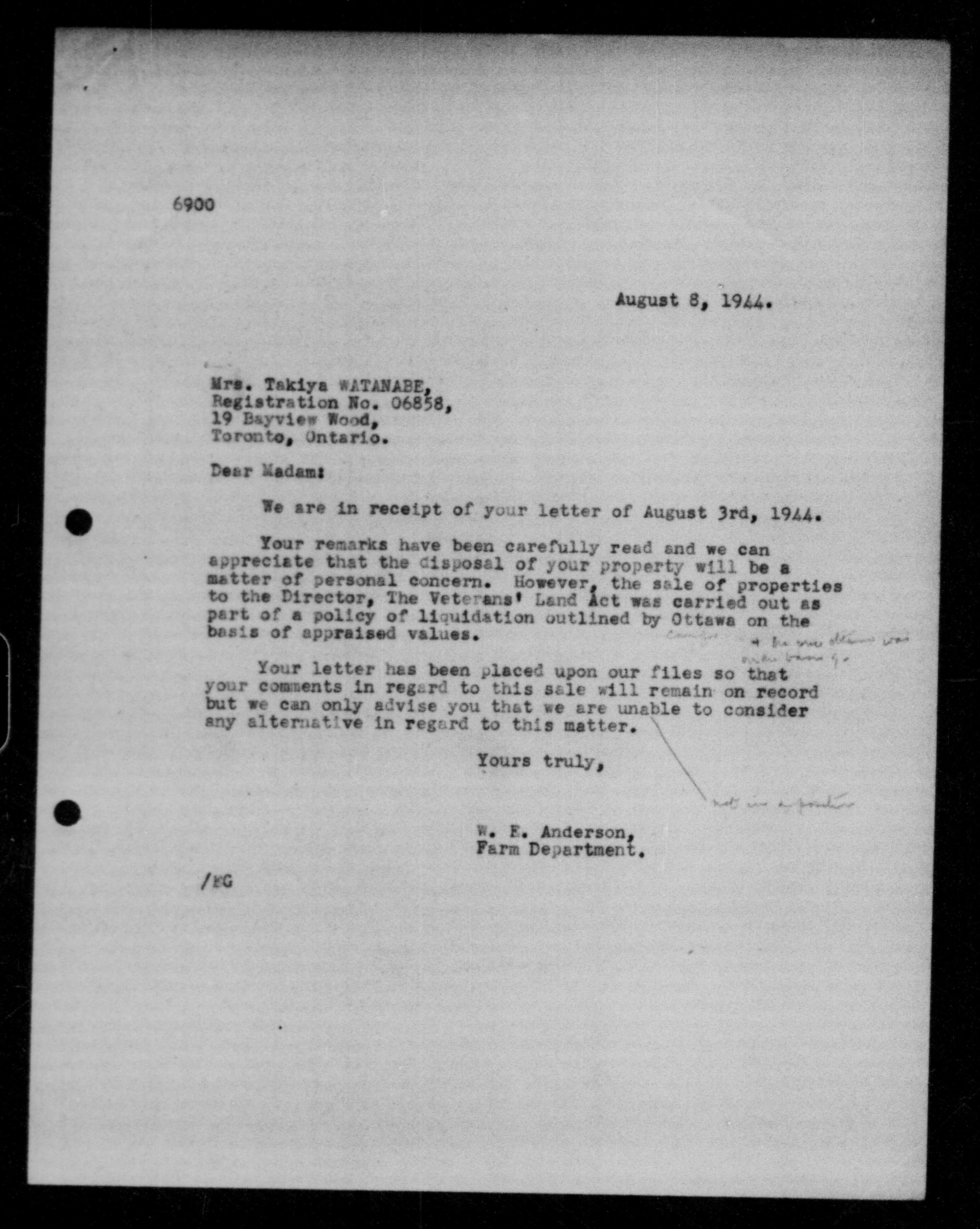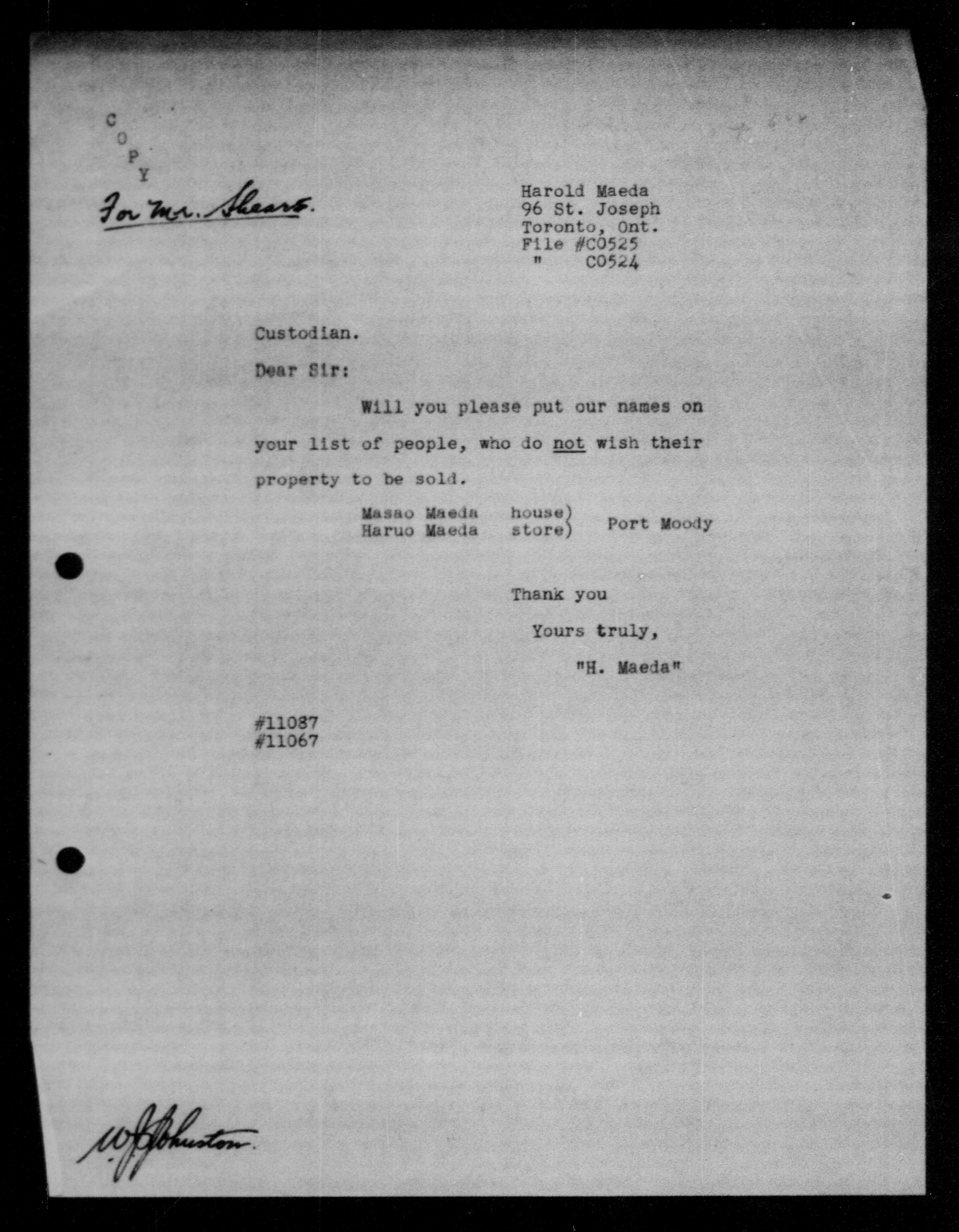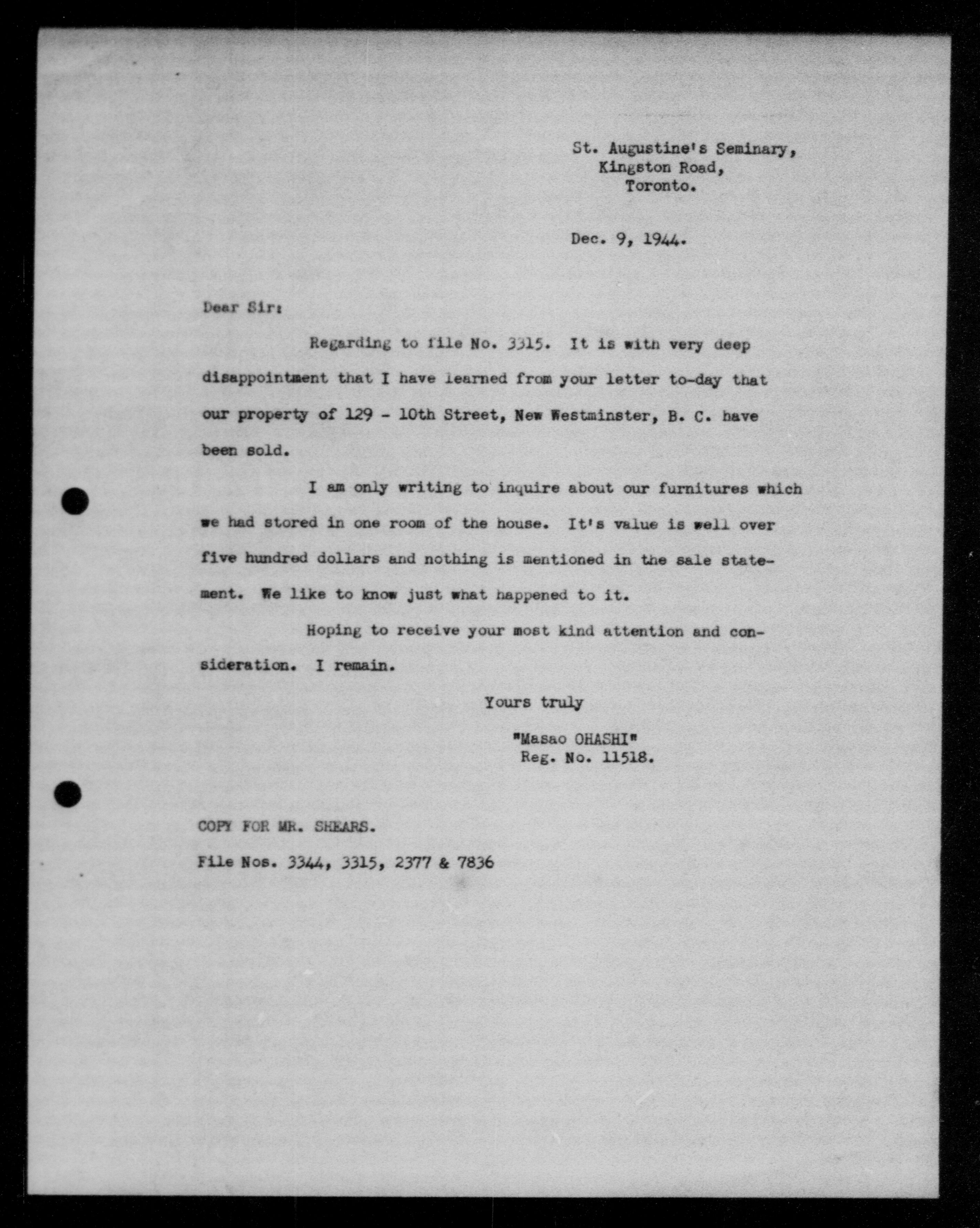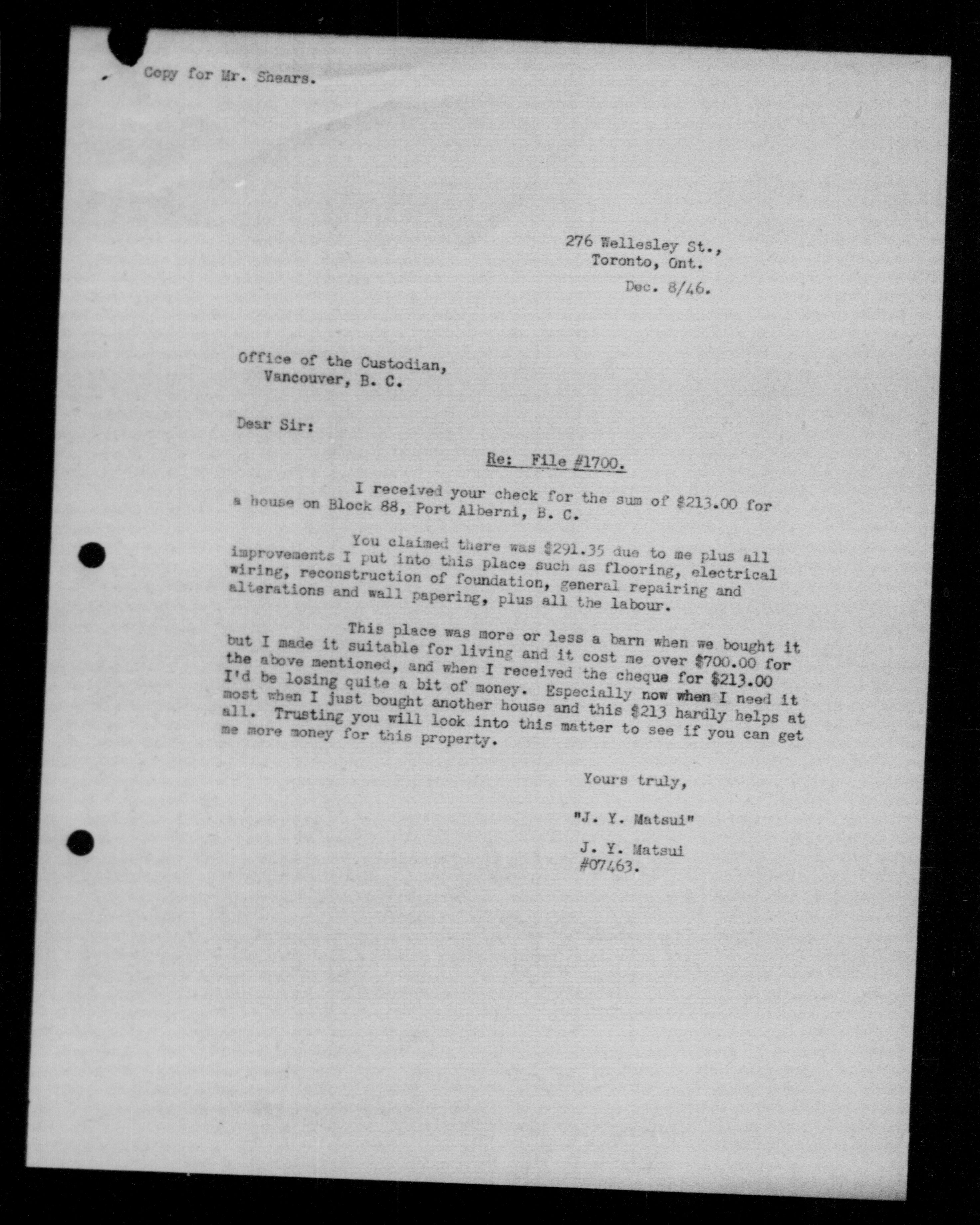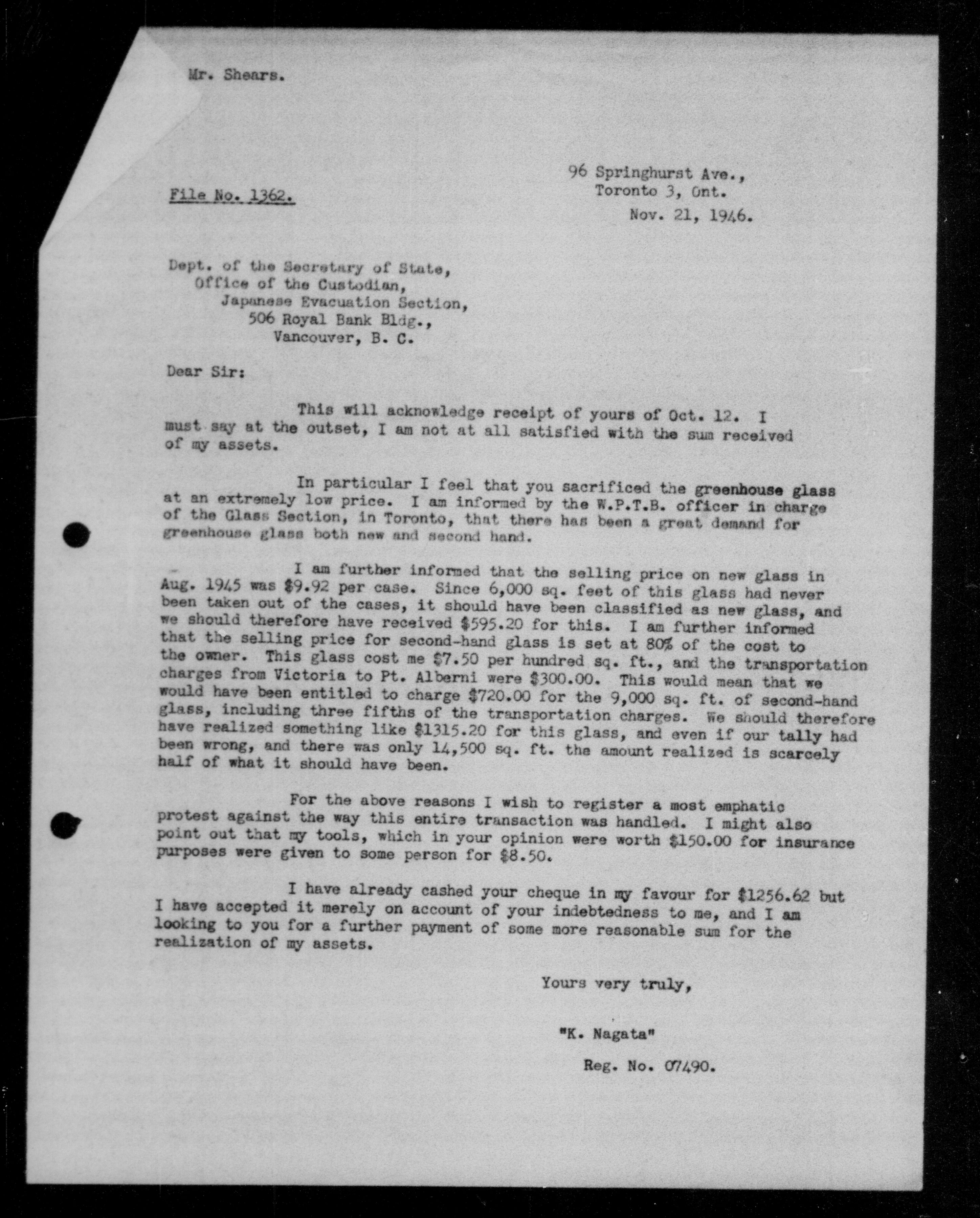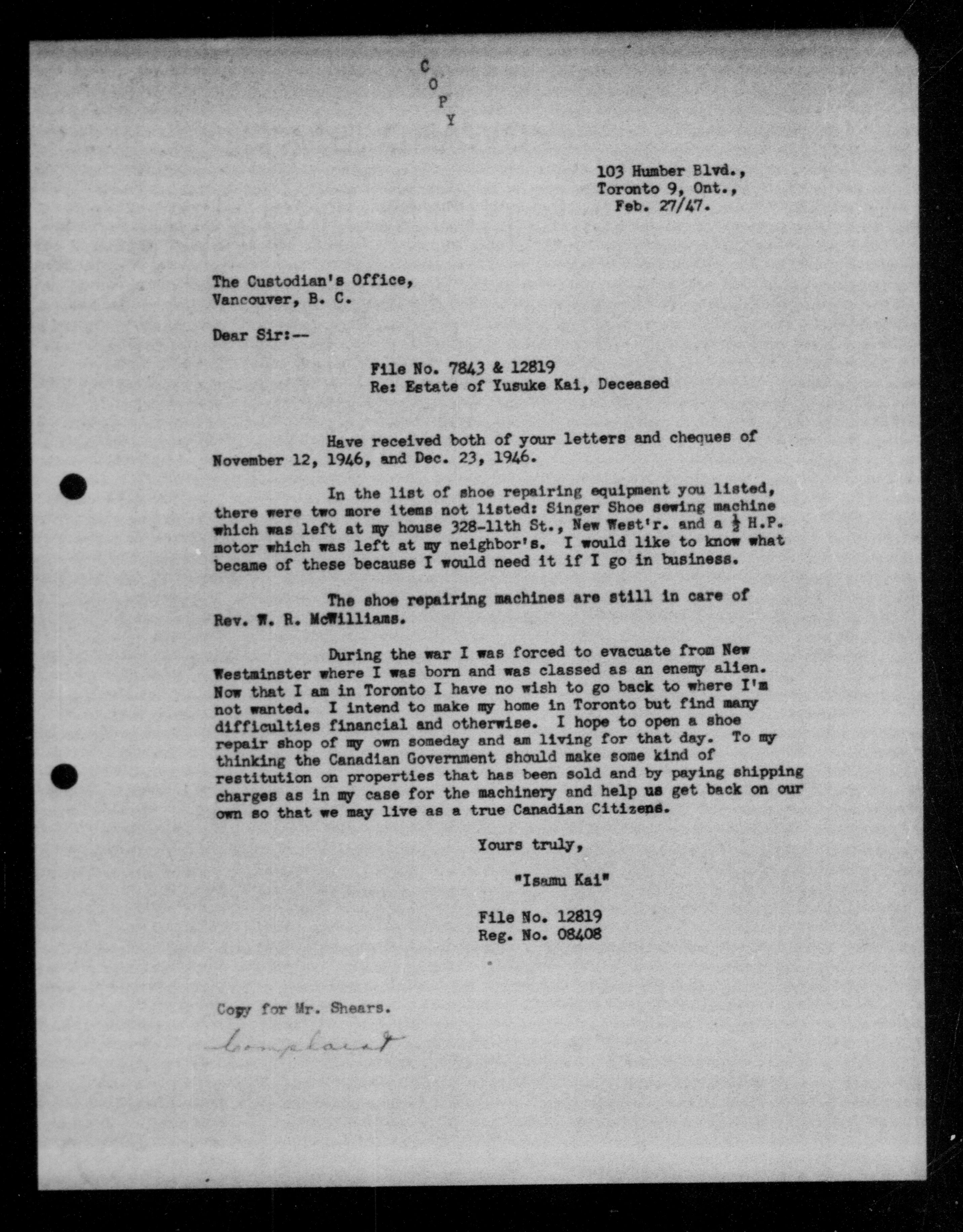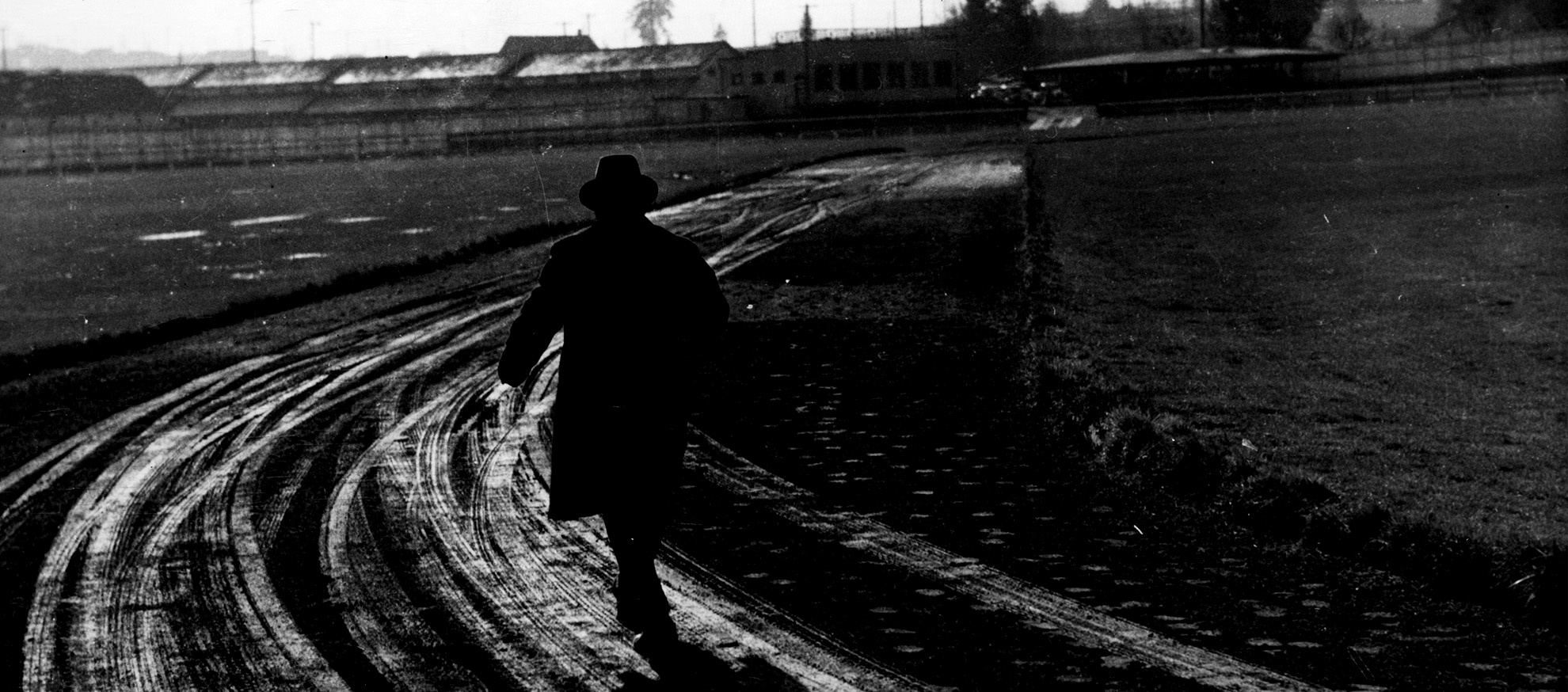
Protest Letters

Protest Letters
Historical Photos Part 2


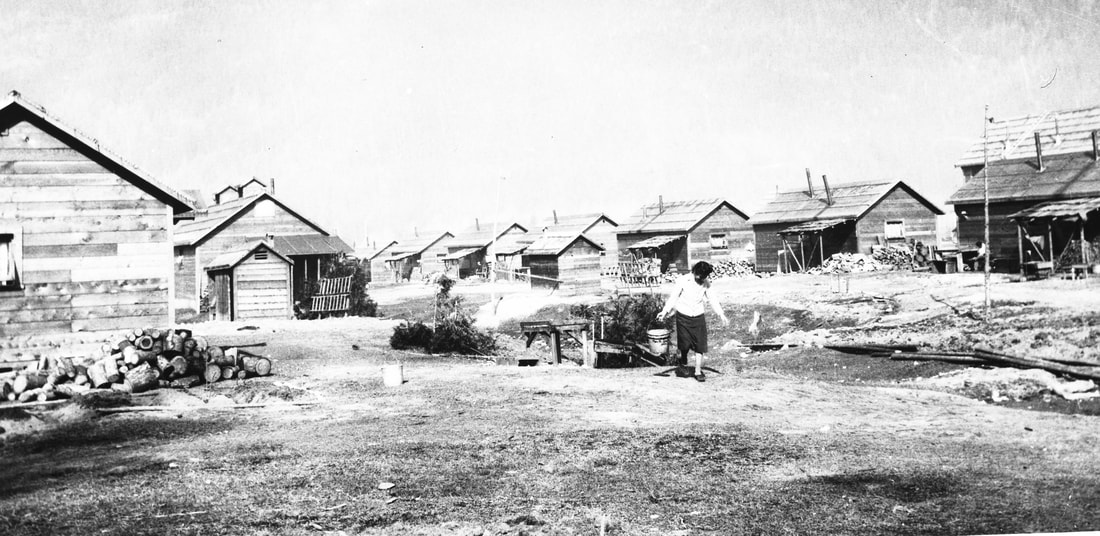
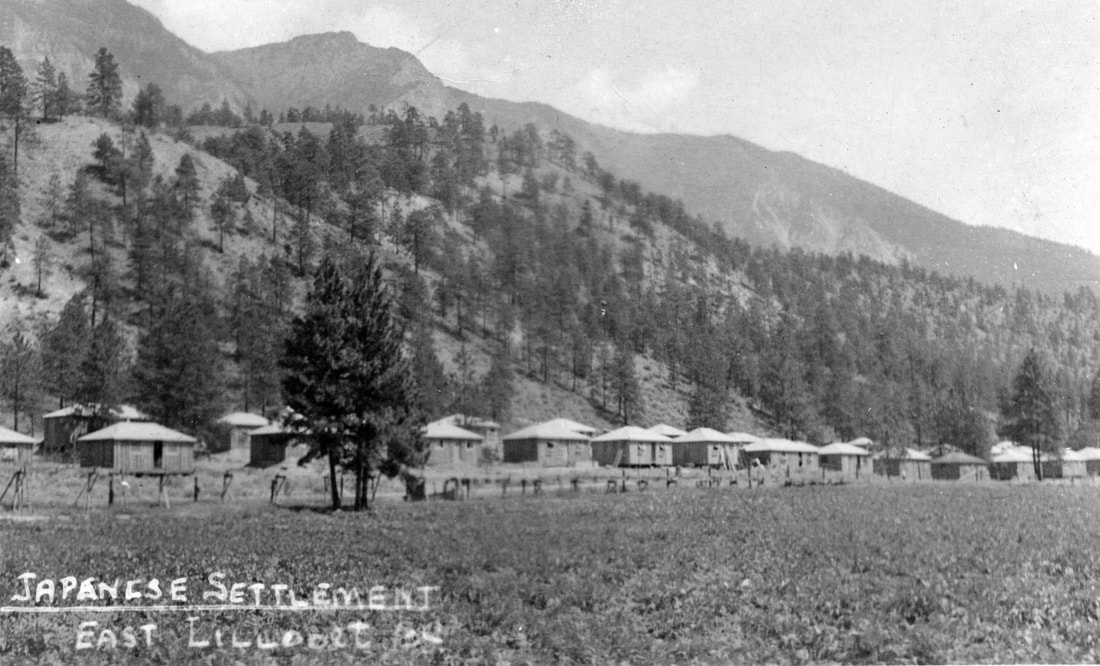



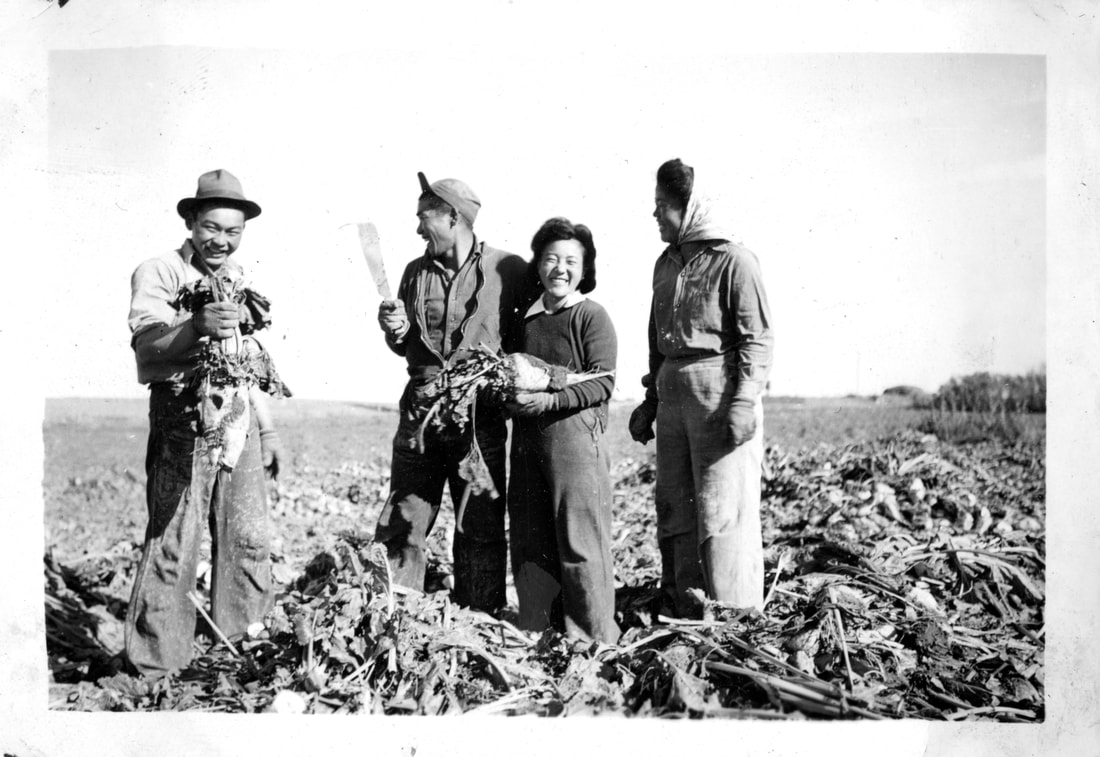
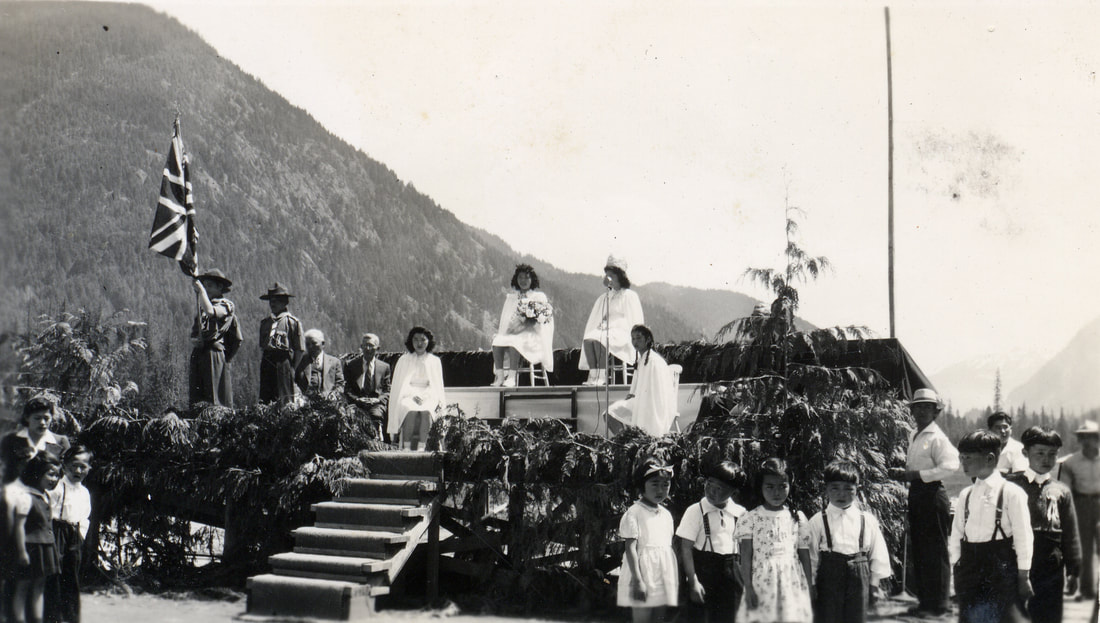
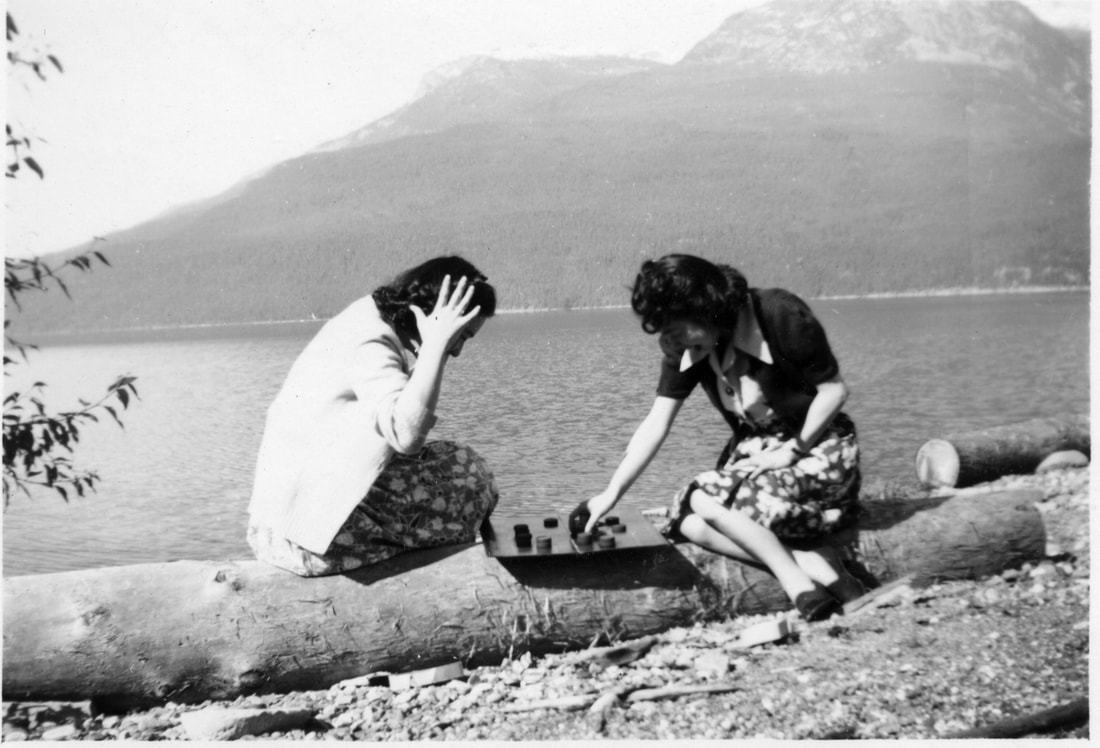

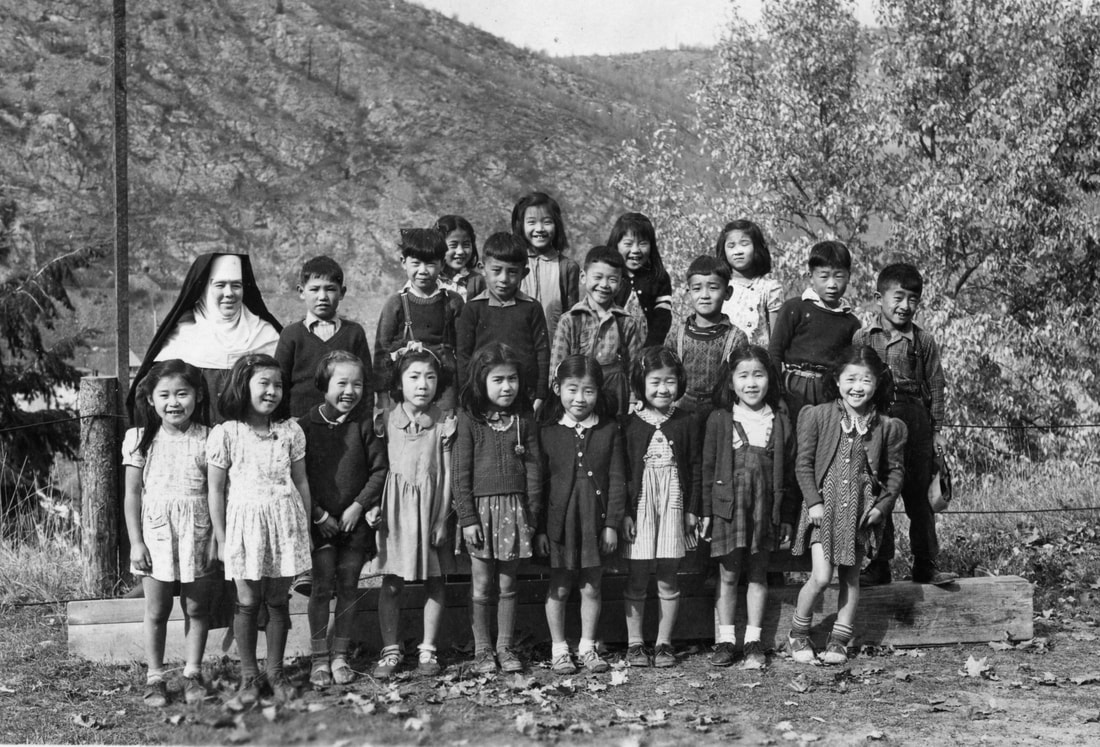
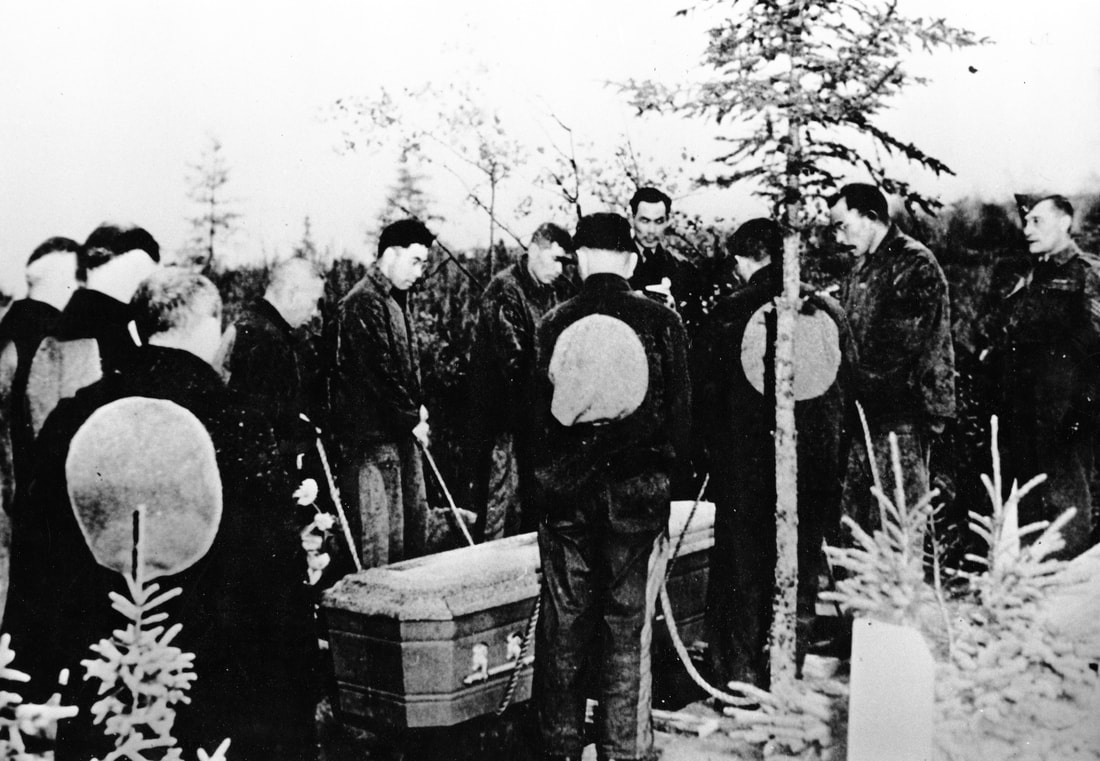
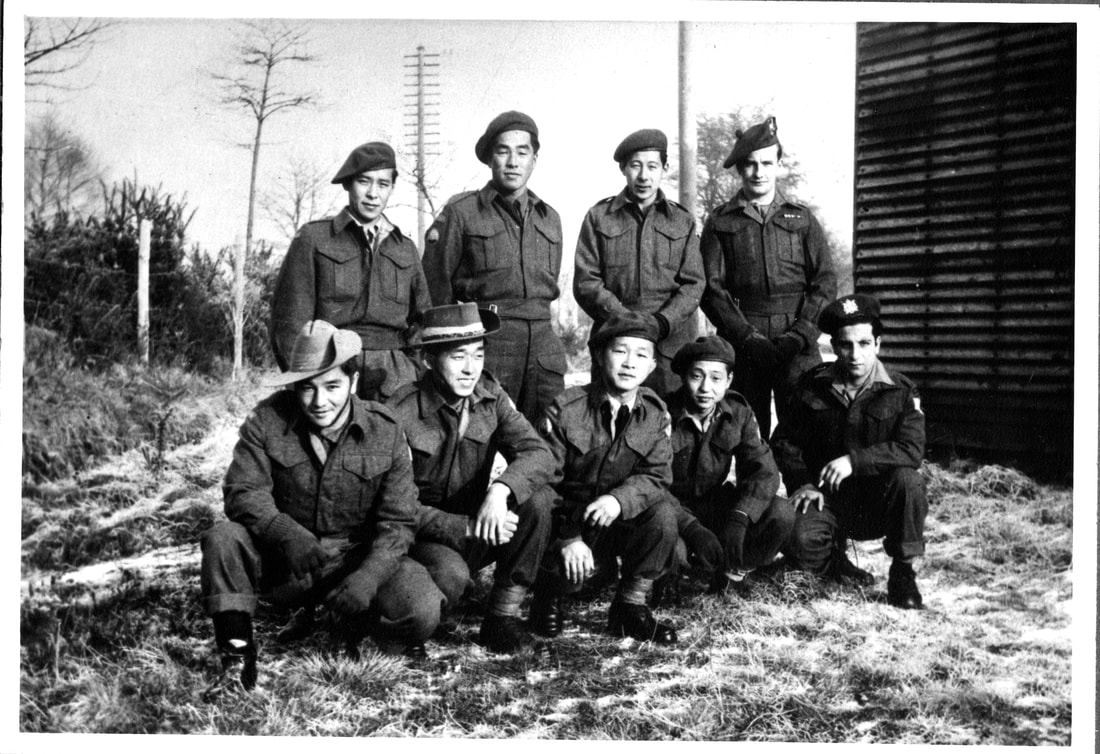
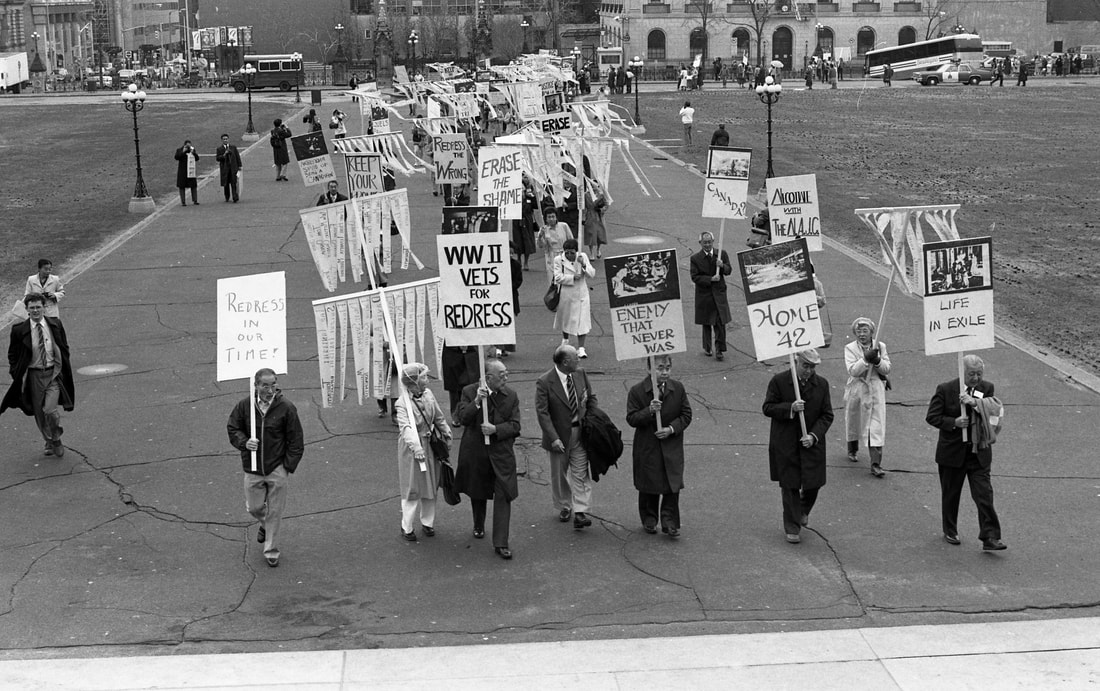
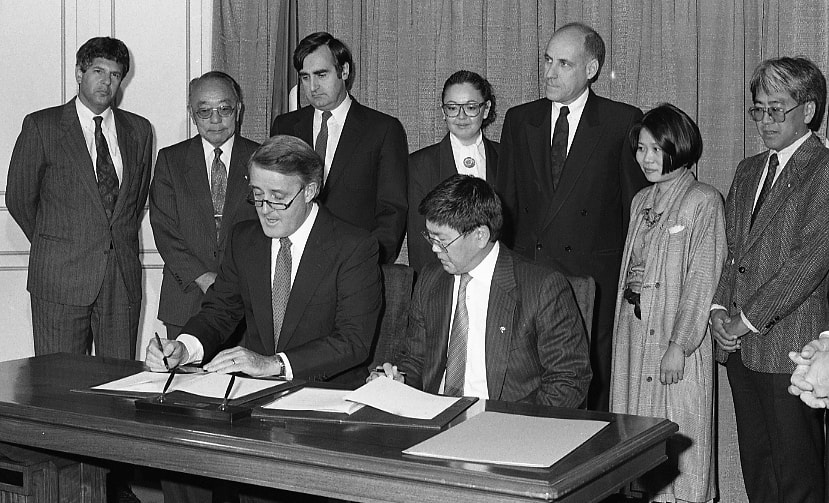
Truck: Trucks and trains were used to ship Japanese Canadians to internment camps. The RCMP directed the loading. Women, children and the elderly were separated from their husbands and fathers who sere sent to work on road camps near the Rockies on the BC/Alberta border.

Truck

Slocan

Lemon Creek

Japanese 'settlement'

Family in front of an internment shack.

Tashme, BC

?

Fumi Tamagi and three others picking Sugar Beets

Outdoor photography of the presentation of the 1944 May Queen and Court

Two young women playing checkers at Slocan Lake.

Emi and Matsu Furakawa

Nuns with children, 1944.

Burial of Masano Shirakawa

Canadian Nisei Veterans.

Redress

Redress


